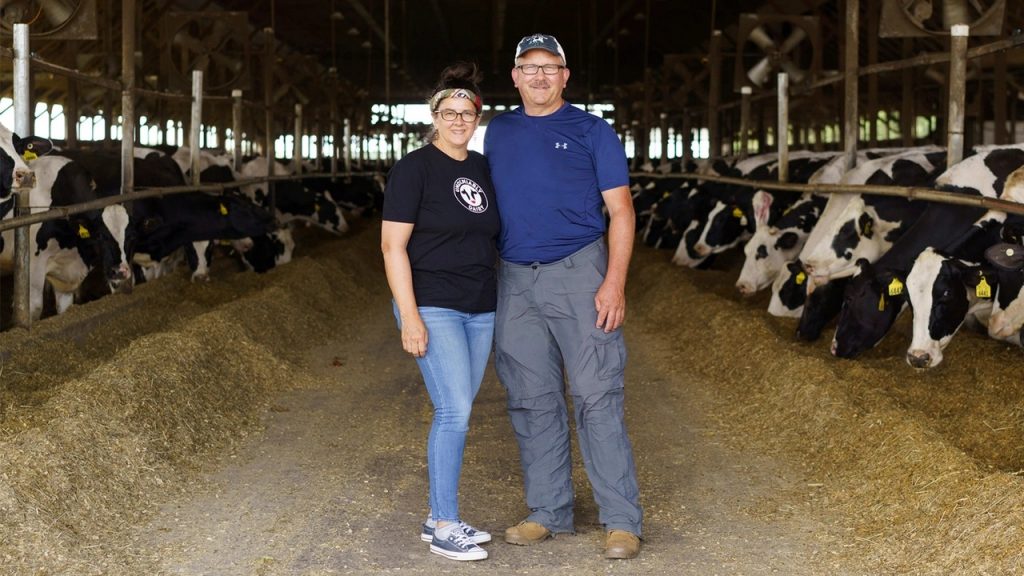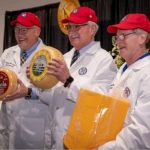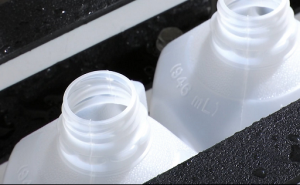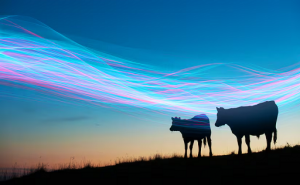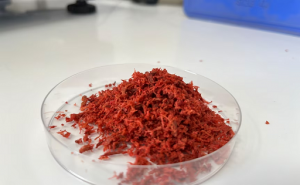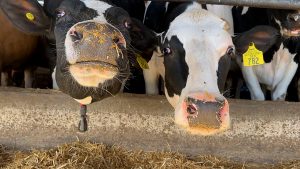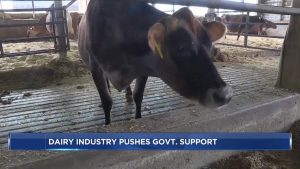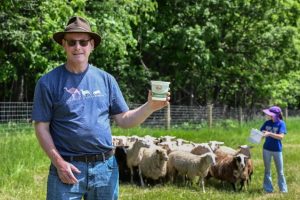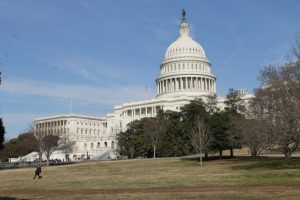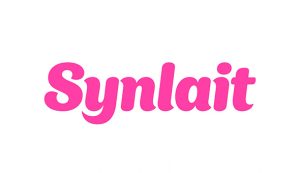
Your Take: Conservation funding from the government makes an impact, far and wide.
As owners of an 850-cow dairy farm in southeast Pennsylvania, my husband and I — like generations of our dairy farm families before us — have long been cognizant of the fact that we farm only 40 minutes north of the Chesapeake Bay.
We love the bay and want it to be healthy. Doing our part to protect water quality is just one of the many things motivating us to make continuous improvements in sustainable and climate-smart conservation practices at Ar-Joy Farms. We are dedicated to being good neighbors and responsible stewards of our land and animals.
In 2017, Duane and I decided to put in a methane digestor that captures the methane from the cows’ manure and converts it into electricity. In addition, being an hour west of Philadelphia gives us a steady source of food waste we’re able to incorporate into the digestor, keeping it out of the landfill (where it would produce methane) and increasing the electricity we capture to power our farm and put surplus on the grid.
We continue the circular system by keeping additional food waste, such as fruit brought into the ports in Philly, out of landfills by feeding it to our cows and heifers. Again, it is less potential methane going into the atmosphere. Solid byproducts from the digester become bedding for the cows, and liquids become nutrients for our cornfields.
Our neighbors benefit from reduced odors from our dairy farm and are supportive of us contributing to a cleaner environment for all.
The manure digester was a large investment — and one that would not have been possible without credits, grants and cost-sharing from climate-smart ag programs provided by USDA, which have helped us afford so many improvements over the years. As Congress discusses the future of climate-smart funding, I hope they protect it.
Rural Energy for America Program credits and funding from the USDA’s Natural Resources Conservation Service Environmental Quality Incentives Program helped us not only with the digester, but also constructing new calf barns that handle runoff better, carving out waterways to manage water from the rolling hills where our corn silage grows, and installing stream-bank fencing to create riparian buffers to further protect water quality.
It takes work on our part and that of our neighboring farmers to comply with nutrient management requirements, updating plans annually and monitoring where every ounce of our farm’s manure goes, whether applied to our fields or our neighbor’s fields. Likewise, USDA agencies must invest in manpower and expertise to advise, support and inspect programs.
Today’s innovations can become common practices if farmers are able to invest and implement them. Margins are really, really tight. As forward-thinking as Duane and I are, if I have to choose between paying my feed bill or making an improvement to the farm, I’m going to feed the cows.
We want to be able to continue to have our milk made into butter and sometimes even into Hershey’s chocolate. We’re thrilled that our daughter has come back to the farm after several years of teaching school to start a wholesale ice cream creamery. And as I said at the beginning, we care deeply about our land and the water running through it on its way to Chesapeake Bay.
For us to be able to make use of new solutions and tools, such as feed additives and cattle genetics that can help mitigate methane production, we need them to be affordable. If such additives cost too much money, farmers aren’t going to feed them, and then we’ve missed an opportunity to improve. If funding assistance for renewable energy and climate-smart practices were to dry up, fewer digesters will go on farms.
Improvement practices need to also improve our bottom line.
Farmers want to be sustainable, and while it’s hard for farms to do everything, collectively we can make improvements.
Hershey is co-owner of Ar-Joy Farms dairy in Cochranville, Pa.
You can now read the most important #news on #eDairyNews #Whatsapp channels!!!
🇺🇸 eDairy News INGLÊS: https://whatsapp.com/channel/0029VaKsjzGDTkJyIN6hcP1K
